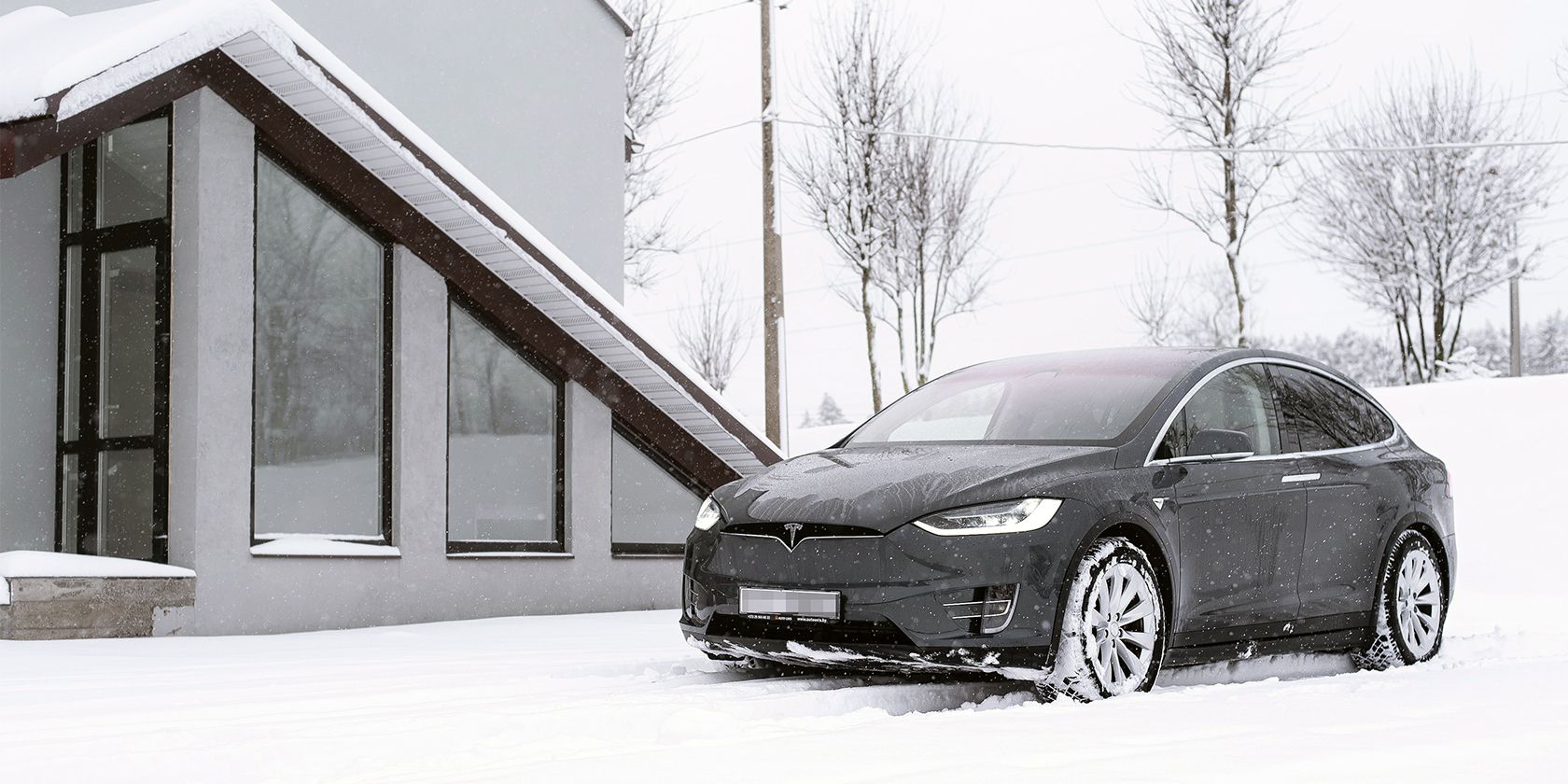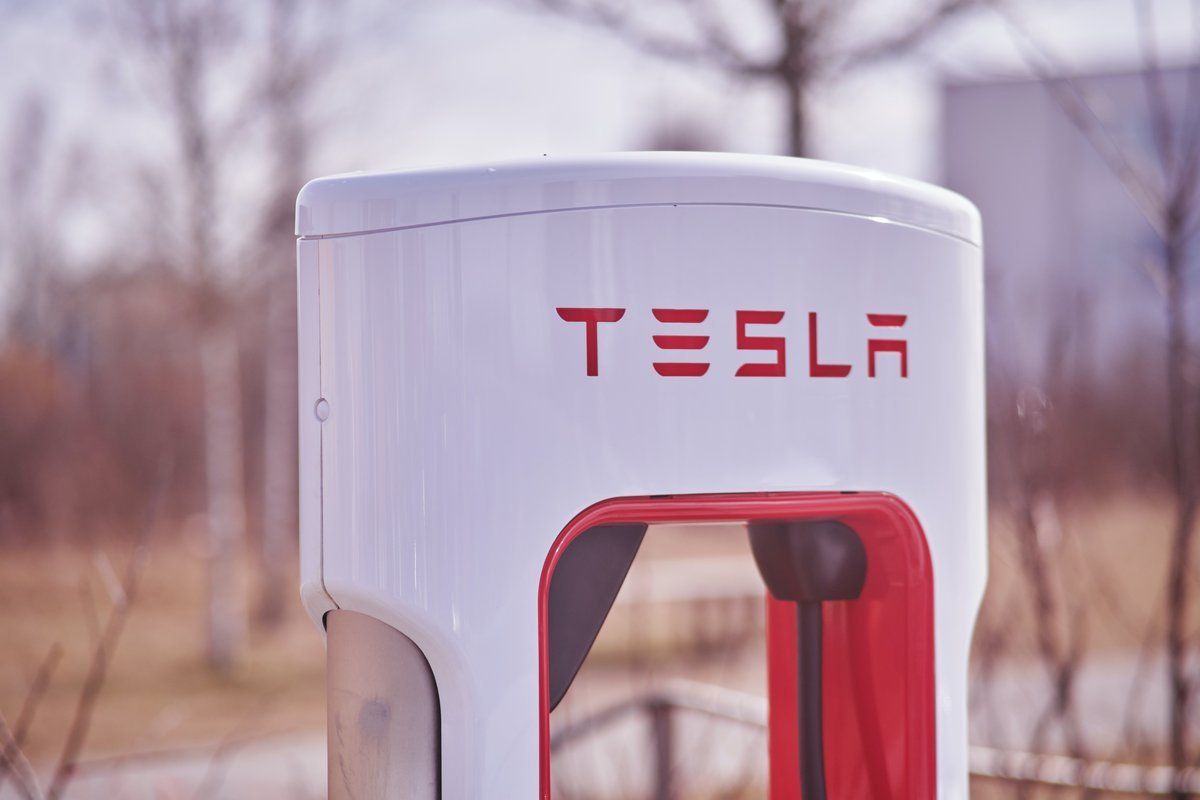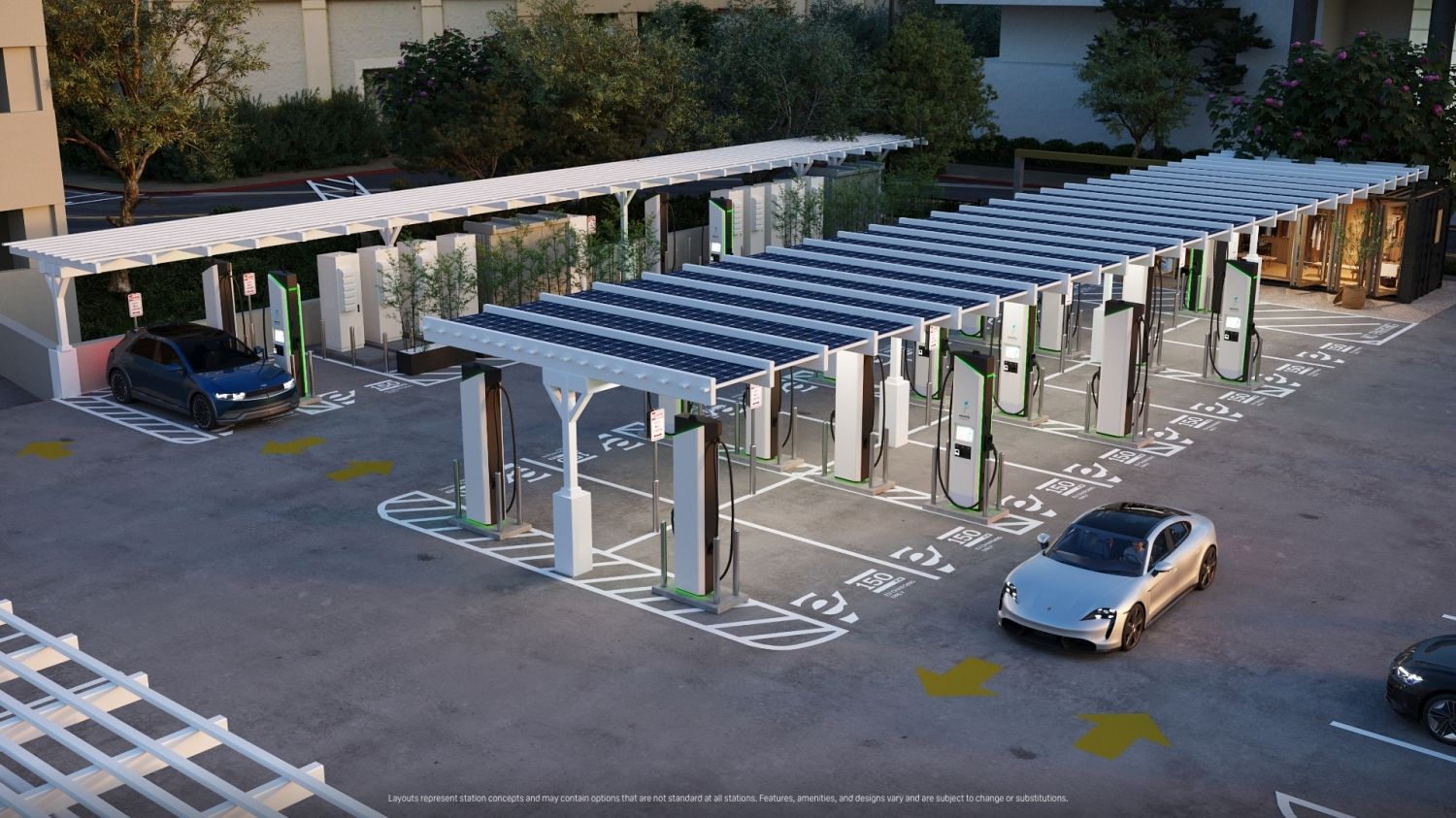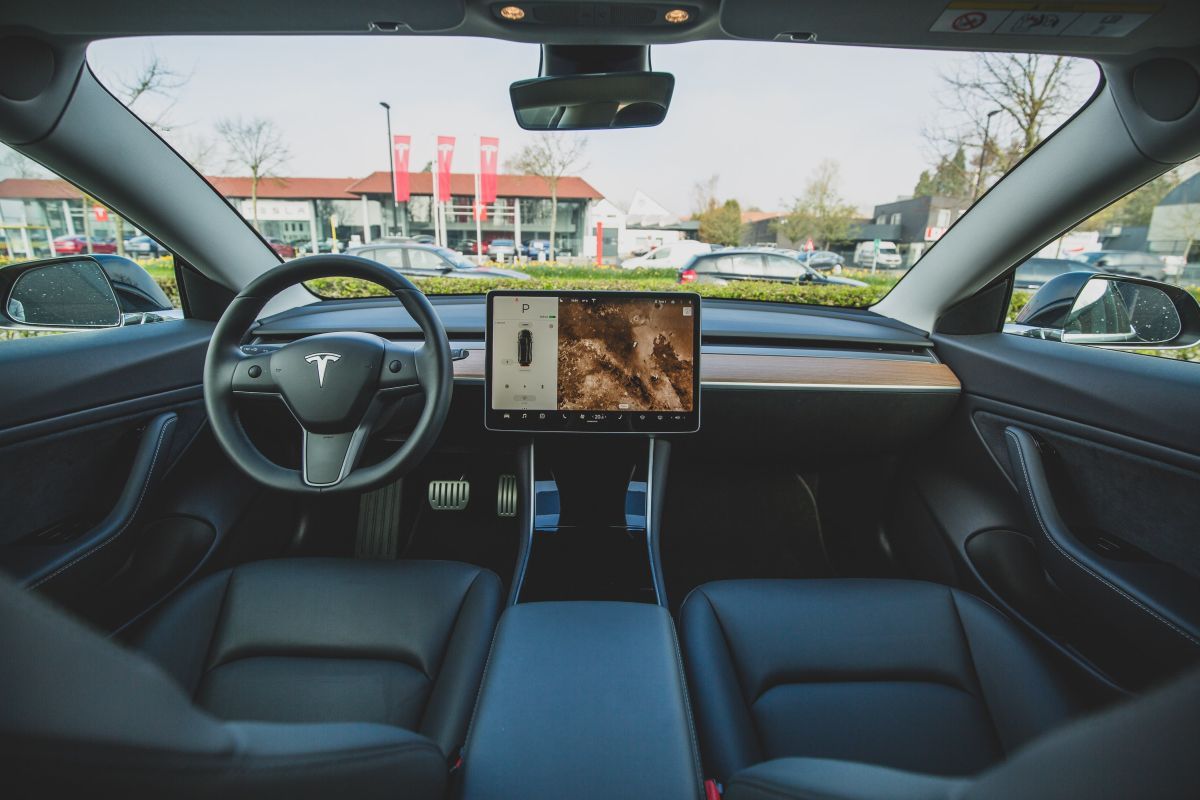Electric vehicles are great forms of transport for the whole year, but winter driving may prove to be different. EVs are battery-powered, and the lithium-ion batteries inside your EV don't like freezing temperatures.
This situation is exacerbated when you're about to charge your EV because the battery needs to be primed to a specific temperature before you can begin the replenishing process, especially in freezing weather. The cabin climate control that keeps you nice and warm during winter is also another factor that negatively affects range.
So, read on to find out why the winter months are so brutal on your EV's range.
EV Batteries Don't Like Freezing Conditions
Some EV manufacturers, like Tesla, actually limit the amount of battery power you can use when your EV battery is too cold. If you're about to drive off in freezing weather, the Tesla will display the available battery capacity while keeping the rest in blue.
This indicates that the blue section is inaccessible while the battery is cold but will eventually be freed up once the battery gets up to temperature. According to Tesla support, if your vehicle is displaying a blue snowflake icon, the battery's current temperature doesn't allow access to all of its capacity.
When the blue snowflake icon is present, your Tesla's regenerative braking might be restricted to some capacity. All of this is to protect the battery because regenerative braking charges the battery, which is not something you want happening if the battery is too cold.
Car companies implemented these measures to protect their EV's batteries during freezing weather. That's because charging your battery in conditions like this is detrimental to the battery's health. According to Polestar's news site, charging a battery in freezing conditions is the last thing you want to do.
Making sure the battery is above freezing before charging can help to avoid lithium plating, which will cause aging and degradation of battery performance.
Because charging your battery in freezing weather can potentially damage it, the best thing to do is use your vehicle's preheating options to get it up to charging temperature before charging it. A cold battery will also charge much slower than a warmed battery.
Tesla offers a preconditioning option for your battery while the vehicle is still plugged in. You can set the departure time, and the car will be ready to go by that time, fully charged and with a preconditioned battery. This is a great way that car manufacturers are finding to complement your EV-ready home with their own vehicle's tech.
Fast Charging Your EV Can Be Slower in Freezing Temperatures
The problem of reduced range during winter driving is also exacerbated by the fact that fast charging gets slower the colder it is. Imagine being stranded in a cold place in the middle of nowhere and desperately needing to fast charge your vehicle, only to find out the charging rate has slowed considerably. Add in the fact that you'll also need to be blasting your EV's heater, and the situation can get grim in a hurry.
This is not to say that EVs are horrible winter cruisers, but these are all things that need to be considered when taking winter road trips in your electric vehicle. Because of the chemistry of lithium-ion batteries, charging them in conditions below freezing can lead to lithium plating, ultimately damaging the battery.
This means that fast charging isn't actually that fast during wintertime. According to Mer's EV Blog, the European EV charging company says the charging process will divert some time towards heating your battery to the appropriate temperatures.
So, when you come to charge your vehicle, some of the power from the charger goes to heating the battery instead of charging it.
Indirectly, this leads to reduced range because the same amount of time charging a vehicle in cold weather delivers less capacity back to the battery of your EV. This is definitely something to keep in mind if you're planning a long road trip during the winter, especially if you're on a tight schedule.
EV Range Is Reduced in Freezing Weather Due to the HVAC System
Consumer Reports took to the task of testing a Tesla Model 3 in a winter setting. The publication put The Model 3 through its paces, and the resulting range loss was quite shocking. The Model 3 used 121 miles of its indicated range to cover 64 real-world miles during the winter.
The experiment included stopping the Model 3 and allowing the cabin to cool off, so the vehicle would have to heat the cabin again. This demonstrates what many people will actually do with their Model 3, and the results aren't unique to Consumer Report's test.
The Tesla Model 3 has an EPA-estimated 310-mile range. At the end of that same 64 mile drive, it indicated there were 189 miles of predicted range.
The vehicle's actual range is reduced chiefly due to the work it has to do to keep its cabin warm. This is incredibly taxing on the vehicle's battery if the car is experiencing a lot of quick trips that require lengthy stops.
Once the vehicle stops for a considerable amount of time, like during a trip to the shopping center, the cabin will begin to cool down. Once you're done, your EV will have to warm up the cabin again.
AAA performed a test on a group of electric vehicles during winter, and they found that in 20°F weather, the average driving range was slashed by an astonishing 41%. The test included a 2017 Tesla Model S 75D.
During this time, Tesla vehicles didn't use heat pumps, which are more efficient than the resistor heater found in the 2017 Tesla Model S, so it's possible the car would perform more efficiently if tested today.
Regardless, it's difficult to imagine the heat pump recovering lost 41% in range. Winter conditions are tricky for EVs, especially when blasting the heat is a priority. During this time, the driver must be mindful of the hit in the driving range running the HVAC can lead to.
EV Drivers Need to Plan Accordingly to Combat Reduced Winter Range
If the option is available on your EV, it's super important to preheat your vehicle's cabin and battery before leaving home. This allows the vehicle to warm up the cabin, and the battery, while you're charging it.
This ensures that the cabin will be nice and toasty when you're ready to leave, without the hit on battery life necessary to get the cabin up to temperature from scratch.




